
V. is a satirical postmodern novel and the debut novel of Thomas Pynchon, published on March 18, 1963. It describes the exploits of a discharged U.S. Navy sailor named Benny Profane, his reconnection in New York with a group of pseudo-bohemian artists and hangers-on known as the Whole Sick Crew, and the quest of an aging traveler named Herbert Stencil to identify and locate the mysterious entity he knows only as "V." It was nominated for a National Book Award.
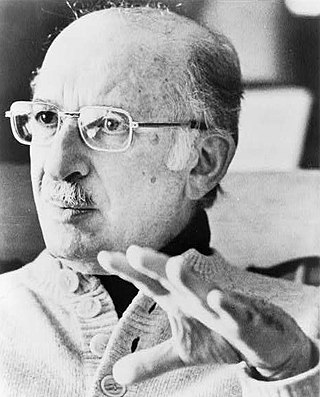
Bernard Malamud was an American novelist and short story writer. Along with Saul Bellow, Joseph Heller, Isaac Bashevis Singer, Norman Mailer and Philip Roth, he was one of the best known American Jewish authors of the 20th century. His baseball novel, The Natural, was adapted into a 1984 film starring Robert Redford. His 1966 novel The Fixer, about antisemitism in the Russian Empire, won both the National Book Award and the Pulitzer Prize.

Nachman of Breslov, also known as Rabbi Nachman of Breslev, Rabbi Nachman miBreslev, Reb Nachman of Bratslav, Reb Nachman Breslover, and Nachman from Uman, was the founder of the Breslov Hasidic movement. He was particularly known for his creative parables, drawing on Eastern European folktales to infuse his teaching with deeply kabbalistic yet universally accessible remedies, pieces of advice, and parabolic stories. He emphasized finding and expressing one’s uniqueness while steering away from despair in a world he saw as becoming more and more uniform. Through Martin Buber's translation, his teaching is thought to have influenced some 20th-century writers, including Franz Kafka.
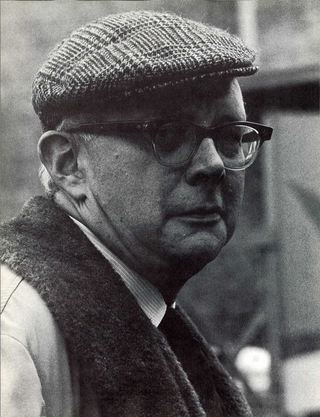
Irving Howe was an American literary and social critic and a prominent figure of the Democratic Socialists of America.
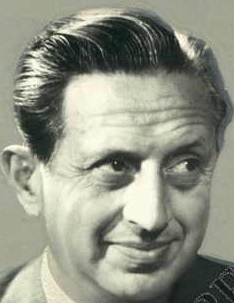
Leo Calvin Rosten was an American writer and humorist in the fields of scriptwriting, storywriting, journalism, and Yiddish lexicography.
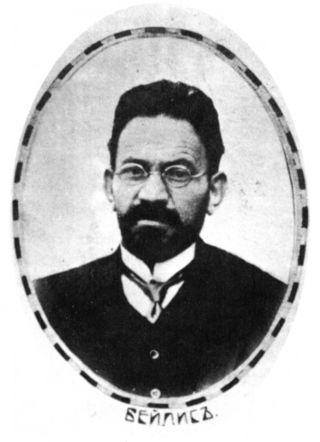
Menahem Mendel Beilis was a Russian Jew accused of ritual murder in Kiev in the Russian Empire in a notorious 1913 trial, known as the "Beilis trial" or the "Beilis affair". Although Beilis was eventually acquitted after a lengthy process, the legal process sparked international criticism of antisemitism in the Russian Empire.

Nathan of Breslov, also known as Reb Noson, born Nathan Sternhartz, was the chief disciple and scribe of Rebbe Nachman of Breslov, founder of the Breslov Hasidic dynasty. Reb Noson is credited with preserving, promoting and expanding the Breslov movement after the Rebbe's death. Rebbe Nachman himself said, "Were it not for Reb Noson, not a page of my writings would have remained."

Yiddish literature encompasses all those belles-lettres written in Yiddish, the language of Ashkenazic Jewry which is related to Middle High German. The history of Yiddish, with its roots in central Europe and locus for centuries in Eastern Europe, is evident in its literature.

Chaim Grade was one of the leading Yiddish writers of the twentieth century.
The non-canonical books referenced in the Bible includes non-Biblical cultures and lost works of known or unknown status. By the "Bible" is meant those books recognized by Christians and Jews as being part of Old Testament as well as those recognized by most Christians as being part of the Biblical apocrypha or of the Deuterocanon.

Henry Roth was an American novelist and short story writer who found success later in life after his 1934 novel Call It Sleep was reissued in paperback in 1964.

The People of the Abyss (1903) is a book by Jack London, containing his first-hand account of several weeks spent living in the Whitechapel district of the East End of London in 1902. London attempted to understand the working-class of this deprived area of the city, sleeping in workhouses or on the streets, and staying as a lodger with a poor family. The conditions he experienced and wrote about were the same as those endured by an estimated 500,000 of the contemporary London poor.
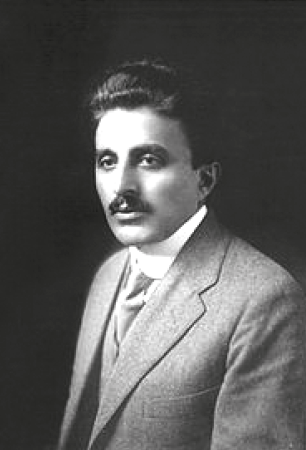
Ameen Rihani (Amīn Fāris Anṭūn ar-Rīḥānī; Arabic: أمين الريحاني / ALA-LC: Amīn ar-Rīḥānī; November 24, 1876 – September 13, 1940) was a Lebanese-American writer, intellectual and political activist. He was also a major figure in the mahjar literary movement developed by Arab emigrants in North America, and an early theorist of Arab nationalism. He became an American citizen in 1901.

The Ape Who Guards the Balance is the tenth in a series of historical mystery novels, written by Elizabeth Peters, first published in 1998, and featuring fictional sleuth and archaeologist Amelia Peabody. The story is set in the 1906–1907 dig season in Egypt.

Jewish-American organized crime initially emerged within the American Jewish community during the late 19th and early 20th centuries. In media and popular culture, it has variously been referred to as the Jewish Mob, the Jewish Mafia, the Kosher Mob, the Kosher Mafia, the Yiddish Connection, and Kosher Nostra or Undzer Shtik. The last two of these terms are direct references to the Italian Cosa Nostra; the former is a play on the word for kosher, referring to Jewish dietary laws, while the latter is a calque of the Italian phrase 'cosa nostra' into Yiddish, which was at the time the predominant language of the Jewish diaspora in the United States.
The Rise of David Levinsky is a novel by Abraham Cahan. It was published in 1917, and remains Cahan's best known work.
Peter Orner is an American writer. He is the author of two novels, two story collections and a book of essays. Orner holds the Professorship of English and Creative Writing at Dartmouth College and was formerly a professor of creative writing at San Francisco State University. He spent 2016 and 2017 on a Fulbright grant in Namibia teaching at the University of Namibia.

Bread Givers is a 1925 novel by Jewish-American author Anzia Yezierska; the story of a young girl growing up in an immigrant Jewish household in the Lower East Side of New York City. Her parents are from Poland in the Russian Empire.
Boychick is a novel by American writer Leo Skir, published in 1971 by Winter House. The book is pederastic and centers on 28-year-old Leo Tsalis falling in love with Leroy, a 16-year-old boy he calls Boychick, after a brief sexual encounter.
Children of the Ghetto is an 1899 play written by British author Israel Zangwill. It is loosely based on Zangwill's 1892 novel of the same name. It is a drama in four acts, each with a subtitle and its own setting. The play is set around 1874, within the Jewish Quarter of London. The main plot centers on the love-affair of a young couple, thwarted from marrying by an obscure religious law and an unfortunate joke. The action of the play spans a hundred days time starting at Hanukkah.














